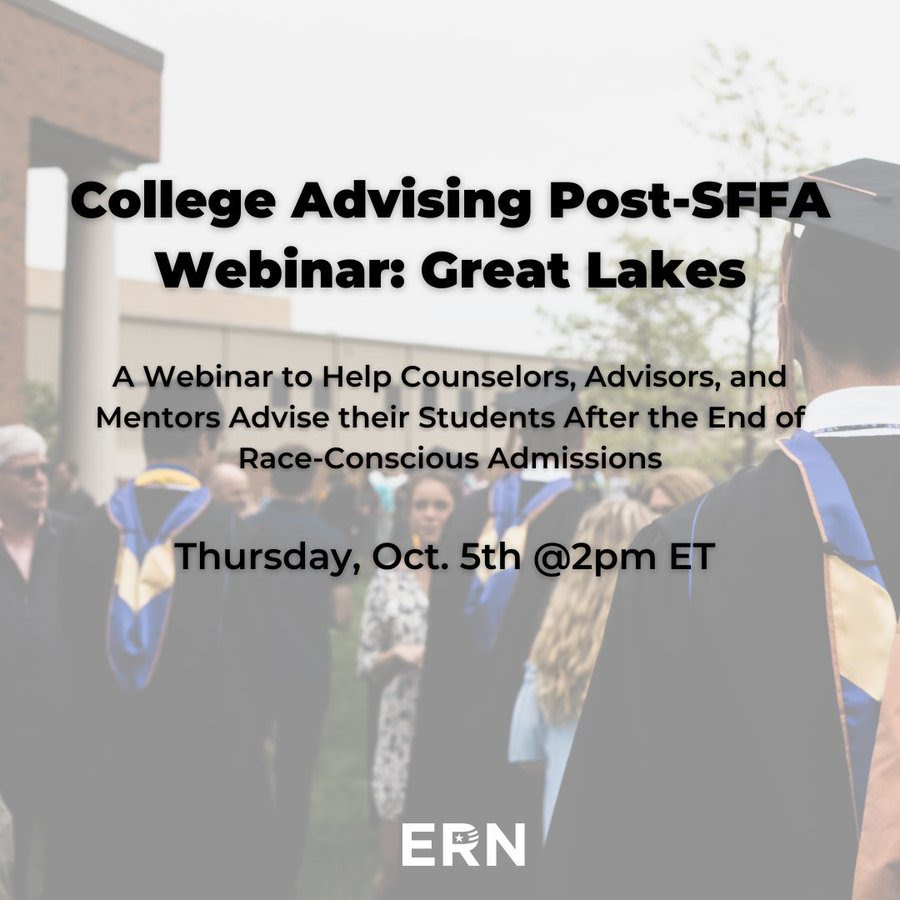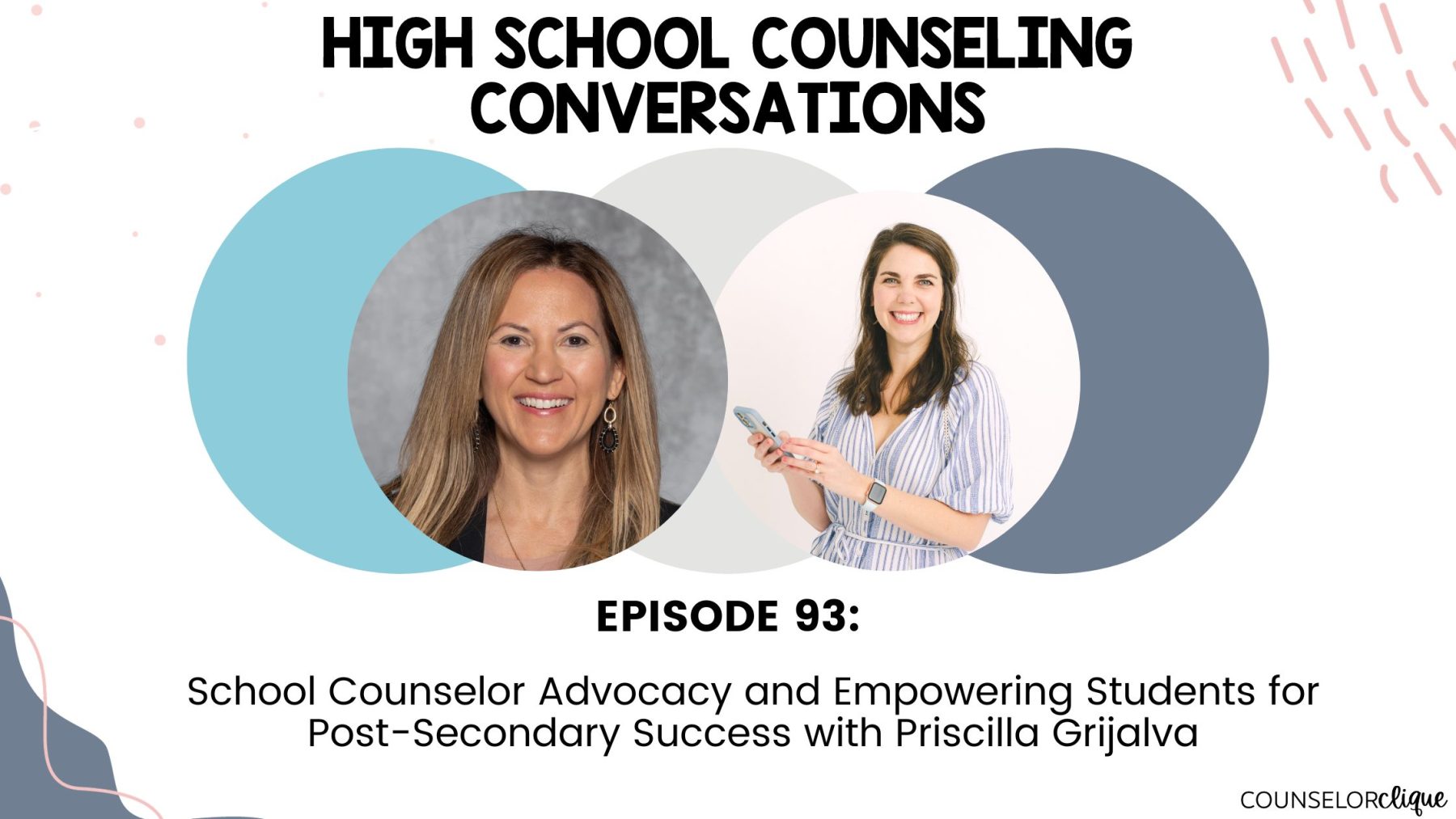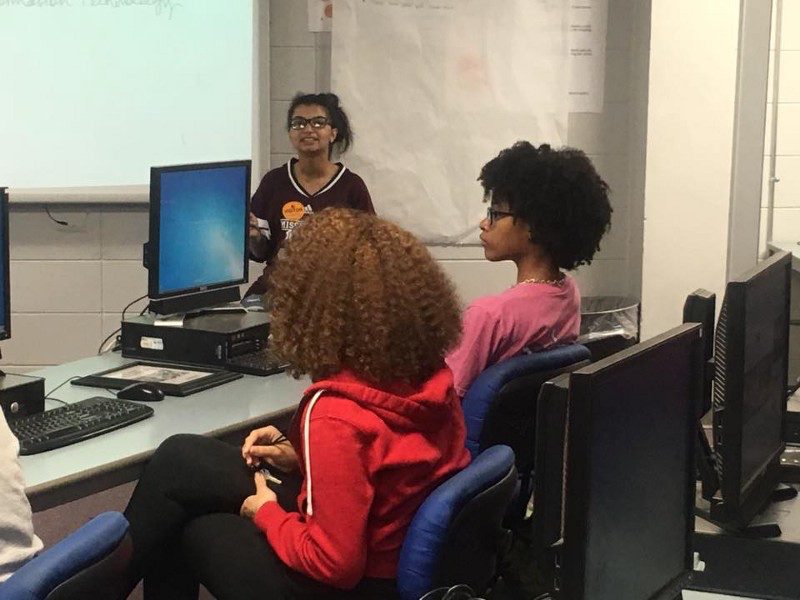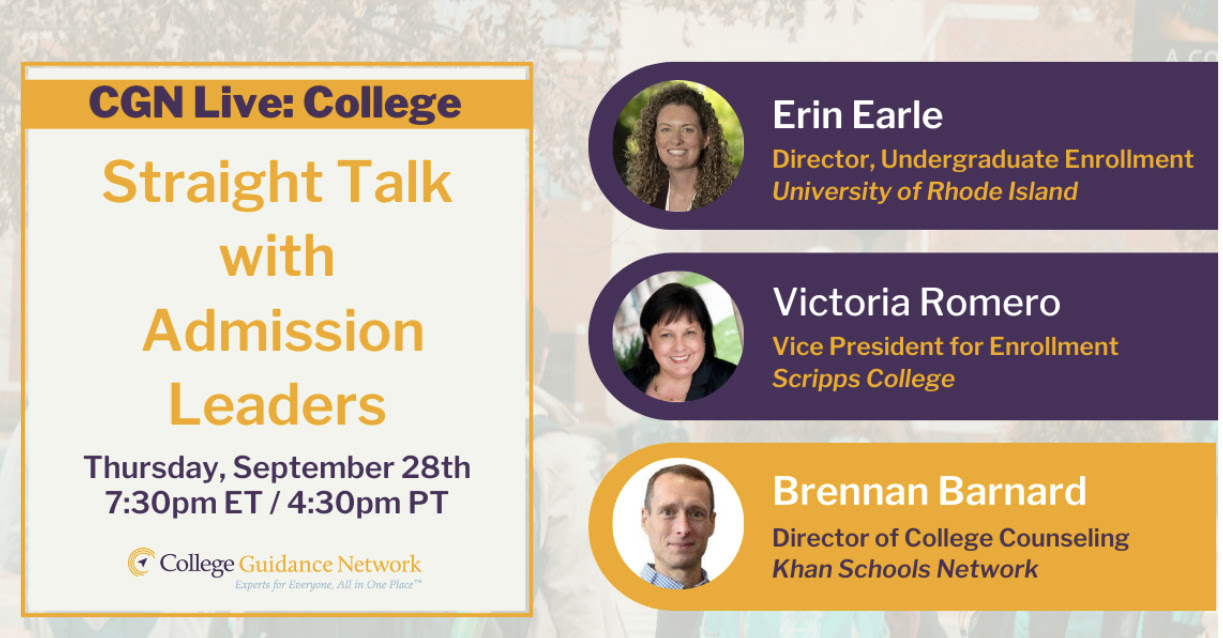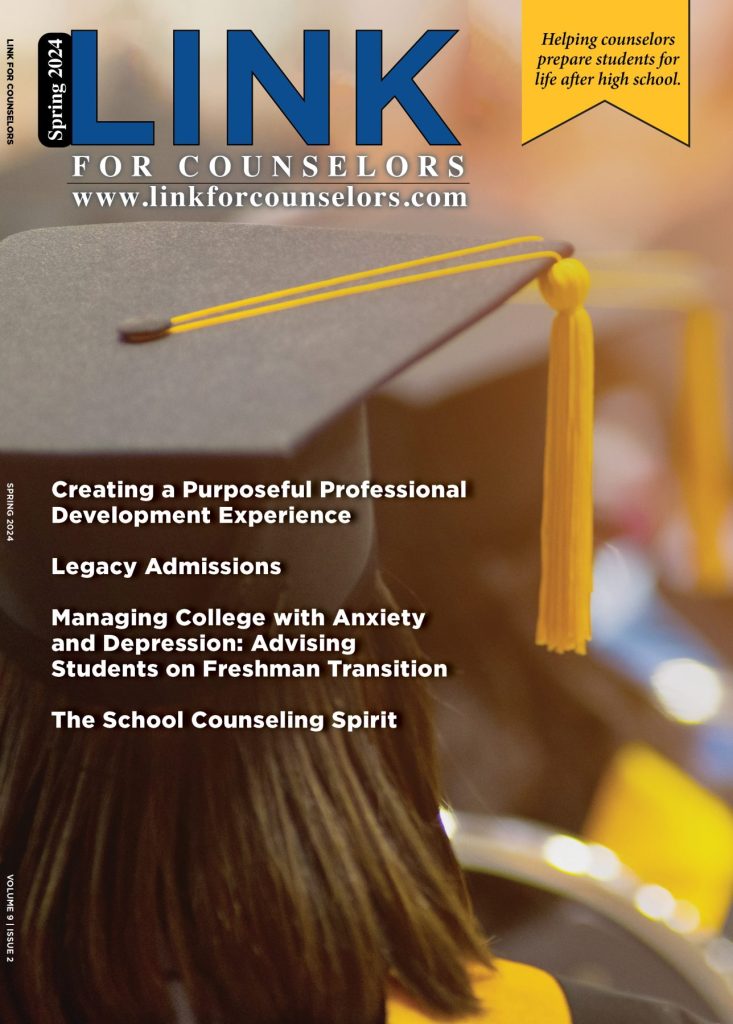Navigating Early Decision and Early Action Deadlines
As the college application season kicks into high gear, parents of college-bound students may find themselves trying to figure out which of the various deadline options are best for their student. Two of the most common application deadlines are Early Decision (ED) and Early Action (EA).
Understanding these options, their differences, benefits and important deadlines is crucial to helping your student make informed decisions about their college journey. In this article, we’ll break down the distinctions between Early Decision and Early Action and provide you with the key dates to keep in mind.
Early Decision (ED): The Binding Commitment
Early Decision is a college application process that offers a unique advantage and, at the same time, requires a significant commitment. Here’s what you need to know:
1. Binding Commitment: When your student applies ED, they are making a binding commitment to attend that college if accepted, regardless of other offers. This means they can apply to only one college under the Early Decision option and must apply to all other colleges under the regular admission schedule.
2. Application Deadline: The ED deadline at most schools is November 1. However, this can vary from school to school, so it is always best to have your student check in with their admission counselor at the school they are applying to. Some schools may have two ED deadlines, ED1 and ED2, so be sure to pay attention to the options, requirements and deadlines.
3. Advantages: Applying ED can boost your student’s chances of acceptance since colleges often admit a higher percentage of their incoming class through this route. It also demonstrates strong interest, which some colleges consider in the admission process.
4. Financial Considerations: ED applicants receive their admission decision earlier, often in December. However, it’s crucial to be aware that financial aid offers may not be finalized before this date. Ensure that you can meet the financial obligations if your student is accepted. My College Planning Team can help you figure out the best way to pay for college based on your family’s unique circumstances.
Early Action (EA): The Non-Binding Option
Early Action provides some of the advantages of Early Decision without the binding commitment. Here’s what you need to know:
1. Non-Binding: Students applying EA are not obligated to attend the college if accepted. They can apply to multiple colleges under EA. If your student is struggling to finalize their college list or complete their application, schedule a call with My College Planning team as soon as possible to see if working with a private counselor will help your student meet these deadlines on time.
2. Application Deadline: EA deadlines typically align with ED deadlines, with November 1 being the most common. However, EA applications are non-binding and some schools also have two deadlines for applying Early Action. The EA1 deadline is often November 1st, but just like with ED, this can vary from school to school. The EA2 deadline is typically in December. Your student can confirm these dates by checking in with their admissions counselors or on the college admissions website.
3. Advantages: Many colleges also admit a higher percentage of students during their Early Action round. EA applicants receive their admission decisions early, often in December or January. This allows your student to have more time to consider their options and compare financial aid packages.
4. Flexibility: EA provides flexibility, as students can apply to a range of colleges all under EA and still have plenty of time to make an informed decision.
Single Choice or Restrictive Early Action is an additional application plan offered by some colleges. This plan is typically non-binding like other EA plans, but restricts students from applying ED or EA to other schools.
Key Dates to Keep in Mind
Here are some essential dates to remember as you and your student navigate the Early Decision and Early Action process:
November 1 is the most common deadline for both Early Decision and Early Action. It’s important to research deadlines for each college as some may be as early as October 15.
Notification Dates: Most colleges notify ED and EA applicants of their admission decisions in December or January. Be prepared for the possibility of some decisions arriving before the winter holidays.
Regular Decision (RD) Deadlines: For colleges that offer Regular Decision, these deadlines are typically in January. Students applying RD will receive their admission decisions in the spring. This is slightly different from Rolling Admission, in which there is not a deadline.
Both Early Decision and Early Action can be beneficial for college-bound students, depending on their preferences and circumstances. Early Decision offers a binding commitment and, even though it is a more competitive process, it can still increase the chances of acceptance. Early Action provides the advantage of early notification without the binding agreement. It’s essential to research each college’s policies and deadlines carefully, considering your student’s academic and financial situation, to determine which option is best for them. By staying informed and engaged in the process, you can help your student make the right decision for their future.
Amanda Gohl is director of Student Services for My College Planning Team. A high school counselor for 12 years, she is a member of the American School Counselor Association (ASCA), Michigan School Counselor Association (MSCA), Michigan Association for College Admission Counseling (MACAC) and Oakland Counseling Association (OCA). She is the current vice president of OCA and MCAN School Counselor Fellow. Amanda holds a master’s in school counseling from the University of Detroit Mercy and a bachelor’s in psychology from Michigan State University. www.CollegePlanningTeam.com



